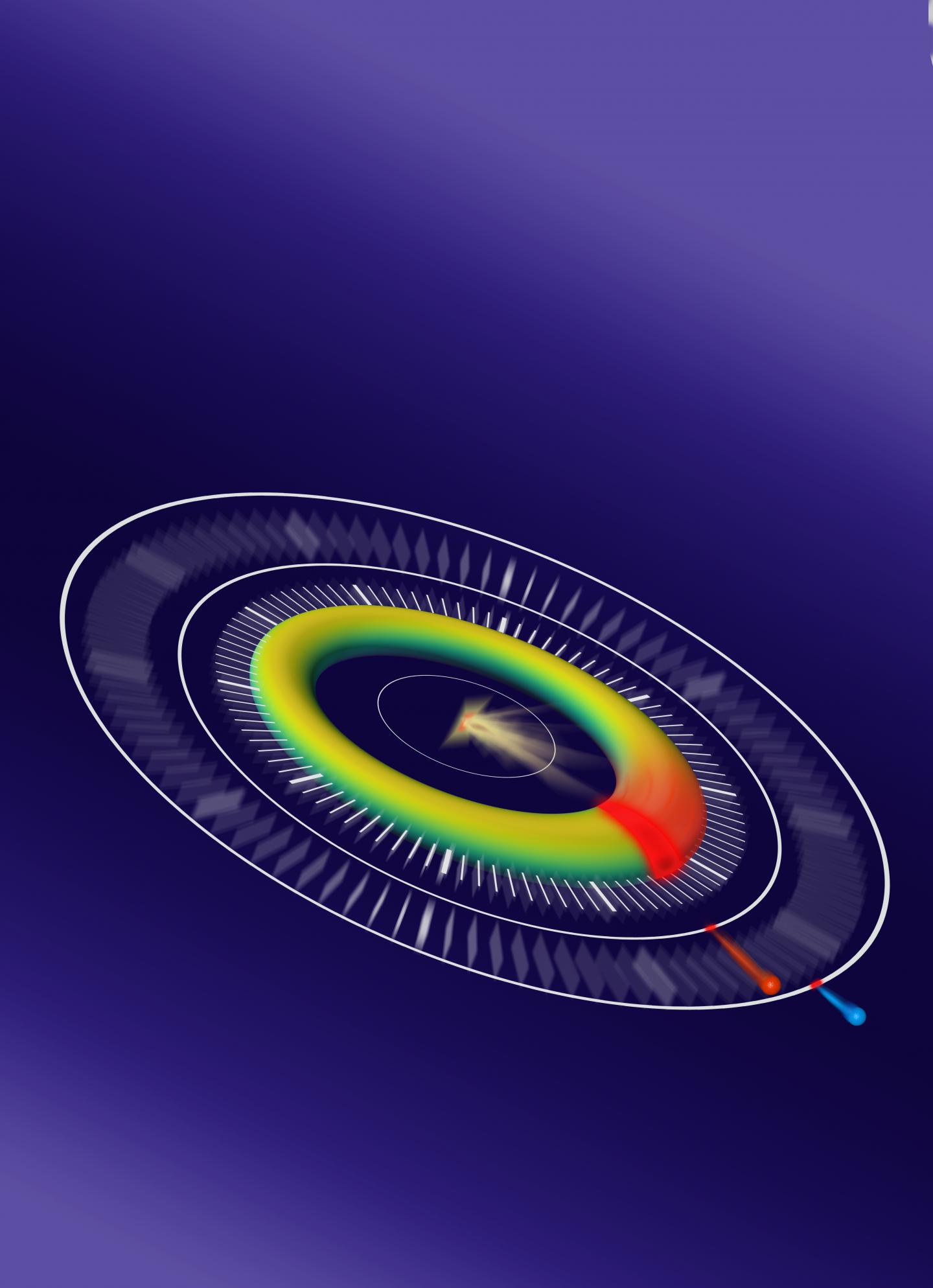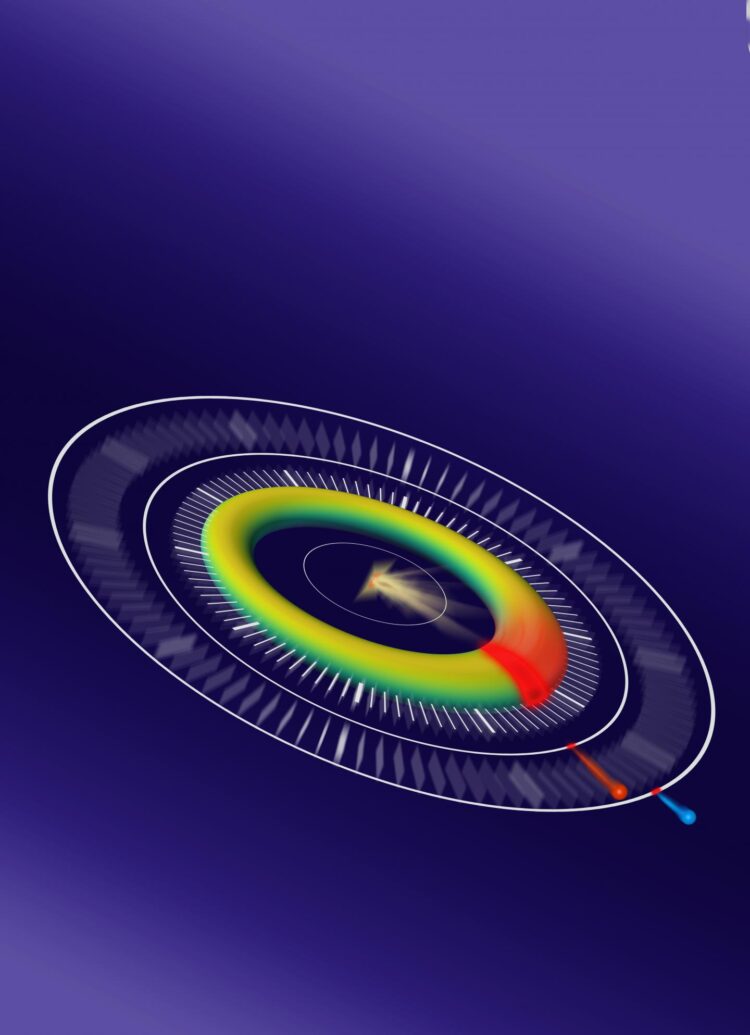New technique delivers resolution improvement in ultrafast processes

Credit: Daniel Haynes / Jörg Harms
An international consortium of scientists, initiated by Reinhard Kienberger, Professor of Laser and X-ray Physics at the Technical University of Munich (TUM), several years ago, has made significant measurements in the femtosecond range at the U.S. Stanford Linear Accelerator Center (SLAC).
However, on these miniscule timescales, it is extremely difficult to synchronize the X-ray pulse that sparks a reaction in the sample on the one hand and the laser pulse which ‘observes’ it on the other. This problem is called timing jitter, and it is a major hurdle in ongoing efforts to perform time-resolved experiments at XFELs with ever-shorter resolution.
Now, a large international research team has developed a method to get around this problem at XFELs and demonstrated its efficacy by measuring a fundamental decay process in neon gas.
Good timing can avoid radiation damage
Many biological systems – and some non-biological ones – suffer damage when they are excited by an X-ray pulse from an XFEL. One of the causes of damage is the process known as Auger decay. The X-ray pulse ejects photoelectrons from the sample, leading to their replacement by electrons in outer shells. As these outer electrons relax, they release energy which can later induce the emission of another electron, known as an Auger electron.
Radiation damage is caused by both the intense X-rays and the continued emission of Auger electrons, which can rapidly degrade the sample. Timing this decay would help to evade radiation damage in experiments studying different molecules. In addition, Auger decay is a key parameter in studies of exotic, highly excited states of matter, which can only be investigated at XFELs.
Research team delivers pioneering and highly accurate approach
To chart Auger decay the scientists used a technique dubbed self-referenced attosecond streaking, which is based on mapping the electrons in thousands of images and deducing when they were emitted based on global trends in the data.
For the first application of their method, the team used neon gas, where the decay timings have been inferred in the past. After exposing both photoelectrons and Auger electrons to an external ‘streaking’ laser pulse, the researchers determined their final kinetic energy in each of tens of thousands of individual measurements.
“Crucially, in each measurement, the Auger electrons always interact with the streaking laser pulse slightly later than the photoelectrons displaced initially, because they are emitted later,” says Prof. Reinhard Kienberger, who helped to develop the experiment’s design. “This constant factor forms the foundation of the technique.” By combining so many individual observations, the team was able to construct a detailed map of the physical process, and thereby determine the characteristic time delay between the photo- and Auger emission.
Streaking method leads to success
The required high time resolution is made possible by the so-called streaking method. “This technique is successfully applied in our laboratory. In several preliminary papers of our group, we have performed time-resolved measurements on free-electron lasers using the streaking method,” says TUM PhD student Albert Schletter, co-author of the publication. “Using this method, we were able to measure the delay between X-ray ionization and Auger emission in neon gases with the highest precision,” explains lead author Dan Haynes of Hamburg’s Max Planck Institute for the Structure and Dynamics of Matter.
The researchers are hopeful that self-referenced streaking will have a broader impact in the field of ultrafast science. “Self-referenced streaking may facilitate a new class of experiments benefitting from the flexibility and extreme intensity of XFELs without compromising on time resolution,” adds co-author Markus Wurzer, who is a PhD student of Prof. Kienberger.
###
Media Contact
Prof. Dr. Reinhard Kienberger
[email protected]
Original Source
https:/
Related Journal Article
http://dx.





